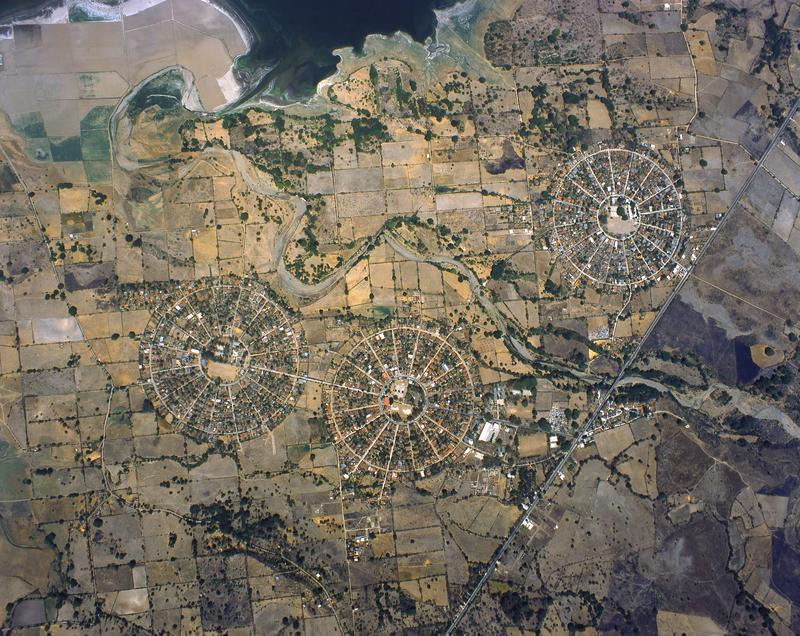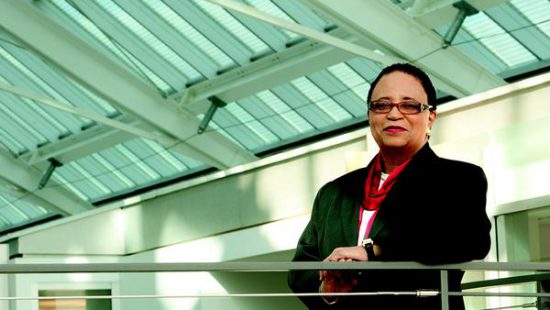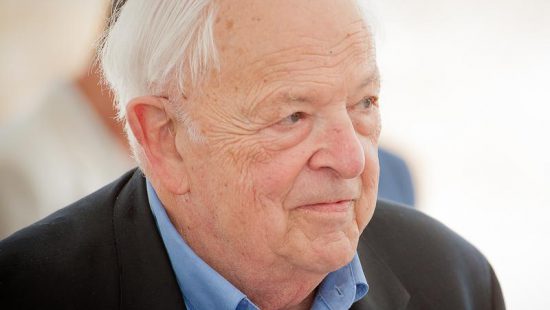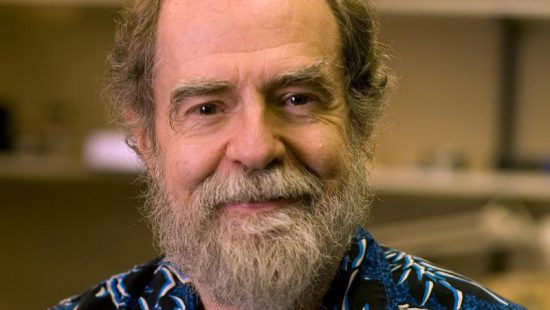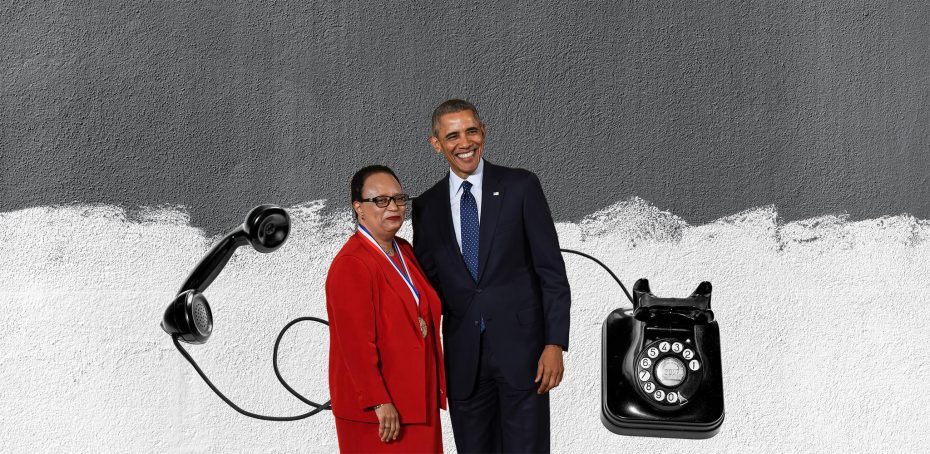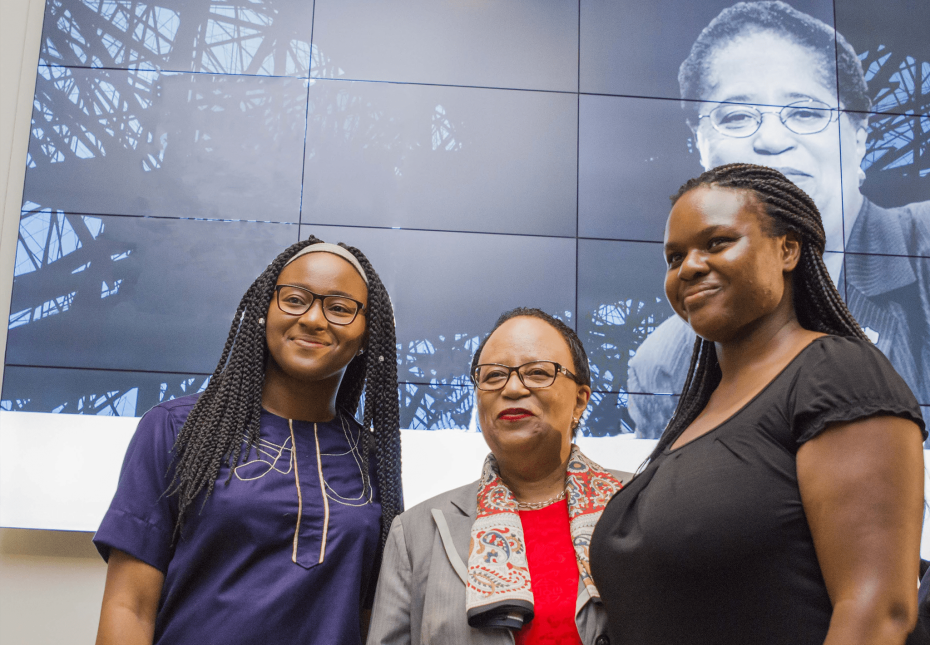Trnhe effects of an atomic bomb can linger for years after the mushroom cloud has settled. Fallout consisting of radioactive particles – the weapon’s debris and products of fission – scatter across the Earth following a nuclear explosion.
Joseph O. Hirschfelder, a scientist on the Manhattan Project, was the first to predict this phenomena and leverage science to make America’s first atomic weapons more deadly than ever imagined.
By releasing the bomb under certain weather conditions, Hirschfelder determined, a thunderstorm could be induced, spreading deadly radiation beyond the explosion’s original target.
After the blasts at Hiroshima and Nagasaki, surrounding areas witnessed a downpour of radioactive “black rain,” which killed wildlife and sickened humans.
After the war, Hirschfelder returned to the University of Wisconsin, where he established the school’s Naval Research Laboratory – later renamed the Theoretical Chemistry Institute – and co-authored his textbook, “The Molecular Theory of Gases and Liquids.”

